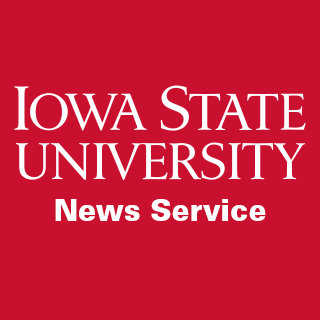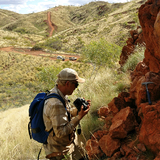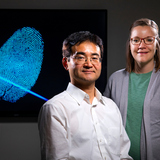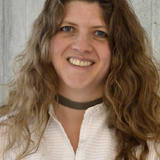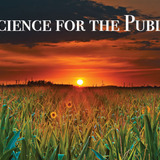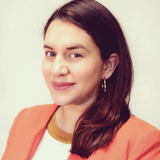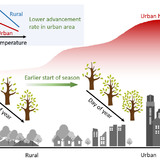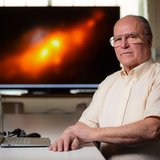News Archive
Monday, March 2 2020
-
Earth may have been a 'water world' 3 billion years ago, scientists find
Scientists -- including Iowa State's Benjamin Johnson -- have found evidence that Earth was covered by a global ocean that turned the planet into a “water world” more than 3 billion years ago. Telltale chemical signatures were spotted in an ancient chunk of ocean crust which point to a planet once devoid of continents, the largest landmasses on Earth.
-
Geologists determine early Earth was a ‘water world’ by studying exposed ocean crust
Geologists -- including Iowa State's Benjamin Johnson -- studied exposed, 3.2-billion-year-old ocean crust in Australia and used that rock data to build a quantitative, inverse model of ancient seawater. The model indicates the early Earth could have been a "water world" with submerged continents. The findings have just been published online by the journal Nature Geoscience.
-
Book tackles questions parents have about media violence
Making sense of all the research and debate over media’s risks and benefits can be time-consuming and overwhelming for many parents trying to decide what’s best for their child. That’s why a team of Iowa State University researchers decided to write a book to present the research in a way that helps parents make informed decisions.
-
It’s a crime, but for meth cooks it’s also a job
The motivation to start cooking meth is often driven by addiction, but a new study takes a closer look at the reasons cooks engage in this criminal behavior and come to see it as a job. Iowa State University researchers say the work offers insight into the world of meth production, which can help with the development of prevention and rehabilitation efforts.
-
Chemists use mass spectrometry tools to determine age of fingerprints
Chemists at Iowa State may have solved a puzzle of forensic science: How do you determine the age of a fingerprint? The chemists used mass spectrometry tools to analyze fingerprints and found clues in the fatty oils within the prints. More study is needed, but they believe they're on the path to developing a fingerprint-aging technique that could potentially tie a suspect to a crime scene.
-
Power of photojournalism seen in early 20th century exposé on Chicago meat industry
A 1905 story not only prompted massive reforms in U.S. food and public health policy and inspired Upton Sinclair’s widely popular novel “The Jungle.” It was also one of the first examples of the power of photojournalism, as uncovered in a recent Iowa State University study.
-
Initiative takes advantage of existing data to solve community problems
Solutions to some of the problems Iowa communities are facing may be found in the data towns and cities already collect, but lack the resources to access and analyze. Iowa State University researchers are lending their expertise to help communities tap into that information.
-
Pursuing Ph.D., Ecuadorian immigrant works to improve lives of immigrants through policy
Twenty years after leaving Ecuador during its economic crisis, Maria B. Alcívar-Zúñiga learned she had received a prestigious national award recognizing her leadership, academic accomplishments and community work empowering Latinx youth and families in Iowa. Next stop: finishing her dissertation at Iowa State University.
-
Heat trapped in urban areas tricks trees into thinking spring has arrived earlier
Satellite data of 85 U.S. cities shows plants begin turning green earlier in the spring in urban areas than in surrounding rural areas. It’s a symptom of the way cities trap heat, a phenomenon known as the “heat-island effect,” according to a recently published study.
-
77-year-old amateur astronomer helps reveal rare galaxy double nucleus
Iowa State astronomers have revealed that a well-known, nearby galaxy has a rare double-nucleus structure. Their paper reporting the discovery is now online and has been accepted for publication by the Astrophysical Journal. First author of the paper is Allen Lawrence, a 77 -year-old who went back to school to study astronomy after retiring from a long career as an electrical engineer.
